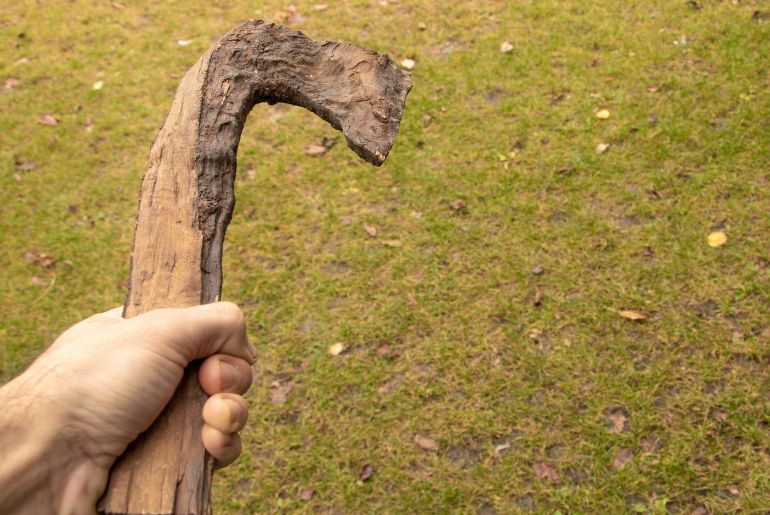Oman deserts are full of mysteries and it’s an endless hunt for discoveries. But that doesn’t let archaeologists stop digging up more history. And due to their continuous efforts, a 30,000-year-old discovery has come to the surface.
Hand axes, Burial Chambers & More Excavated In Oman

Two scientific teams have unearthed extraordinary discoveries in the Omani desert. These discoveries offer fresh insight into the origins of human civilization. The material which has been brought up gives us an insight into the development of modern society in Southern Arabia. They range from rare hand axes from the earliest waves of human movement out of Africa to circular tombs and a variety of rock engravings.
The Institute of Archaeology of the CAS in Prague practised the third consecutive season of excavation at two historical sites in Oman. It involved over twenty archaeologists and geologists from ten different nations to complete under the direction. In Oman’s south, in the Dhofar Governorate, one team worked on excavations. The other worked in the country’s centre, in the Duqm Province.
Also Read:5 Places To Visit In Oman If You’re A Nature Lover
Recent Discoveries Around Oman Found Archaeologists

The third consecutive excavation season was completed at two different Oman locations last year. Viktor Ern, an evolutionary anthropologist at the Institute of Archaeology in Prague, is the project’s principal investigator. His larger archaeological initiative, “Biocultural Interactions of Populations and Their Adaptation to Climate Change,” focuses on these topics.
Previously at an excavation in the Rub Al Khali desert a.k.a Empty Quarter, the researcher found eggshells of an extinct ostrich species and some stone hand axes. These tools were manufactured and used by some of the first people to leave Africa, about 300,000 years ago, according to dating.
Team two looked at stone tool production sites from the Late Stone Age, containing an accumulation of rock carvings, close to the 7,000-year-old circular tomb. Additionally dubbed “unique,” the researchers discovered more than “49 rock blocks” of all shapes and levels of weathering that provide “a pictorial record” of life at the site from 5,000 BC to 1,000 AD.
Have you ever wondered what would be the worth of these findings?
Cover Image Courtesy: Unsplash
First Published: May 11, 2023 8:34 PM



